01 Aug Selecting your phono preamp
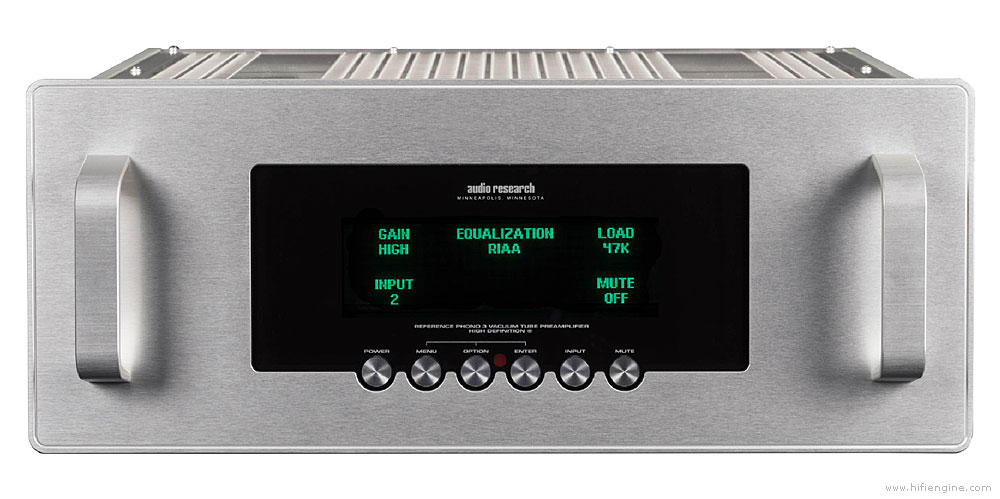
Selecting and setting up a phono preamplifier can be a tad intimidating at first, but if you have a better understanding of the tech it becomes much more simple. A phono preamp is necessary for turntablelistening because of the difference in the equalization and gain staging of vinyl records. For a more in depth insight into this we’ll need to go all the way back to 1954…
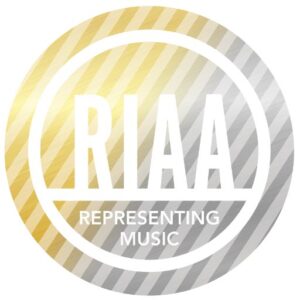 Before 1954 there were many, many record companies each with their own rolloff and turnover frequency combinations for equalization. Some sounded better than others, and that is (in part) why some record companies were more successful than others. Eventually the Recording Industry Association of America (RIAA) decided to step in and create the first universally accepted standard for equalization of vinyl records. This new standard would ensure that gramophone records sounded good regardless of the record companies that press them, or the preamplification of the signal in the listener’s home stereo systems.
Before 1954 there were many, many record companies each with their own rolloff and turnover frequency combinations for equalization. Some sounded better than others, and that is (in part) why some record companies were more successful than others. Eventually the Recording Industry Association of America (RIAA) decided to step in and create the first universally accepted standard for equalization of vinyl records. This new standard would ensure that gramophone records sounded good regardless of the record companies that press them, or the preamplification of the signal in the listener’s home stereo systems.
Now that a standard for equalization has been set, the HiFi industry could now get to work designing phono preamps that conformed to this new specification. This was the inception of the modern RIAA phono preamp. Now, a listener could guarantee that a record sounded the way it was meant to, regardless of what specific hardware they owned. With a globally accepted EQ standard, hardware manufacturers could focus on soundstage, detail, warmth, and signal to noise ratio. The bar was raised from simply working, to many levels of quality of playback.
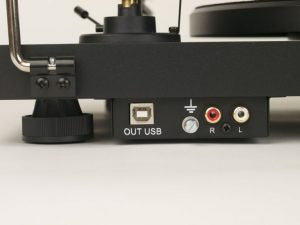 A phono preamp can take many forms. Depending on what other hardware is found in your system, some options may work better for different situations. A turntable may have an “integrated phono pre”. These integrated phono preamps are generally found on more entry level turntables, and only work for the stock moving magnet cartridge. They will commonly have an USB output for digitizing a record onto your computer. These do basically the bare minimum. They allow your turntable to output line level signal, so they can be hooked up to any input other than phono. When a turntable has an integrated phono pre, it’s output is the same as a CD player, radio tuner, tape player, etc. and doesn’t require any further phono preamplification.
A phono preamp can take many forms. Depending on what other hardware is found in your system, some options may work better for different situations. A turntable may have an “integrated phono pre”. These integrated phono preamps are generally found on more entry level turntables, and only work for the stock moving magnet cartridge. They will commonly have an USB output for digitizing a record onto your computer. These do basically the bare minimum. They allow your turntable to output line level signal, so they can be hooked up to any input other than phono. When a turntable has an integrated phono pre, it’s output is the same as a CD player, radio tuner, tape player, etc. and doesn’t require any further phono preamplification.
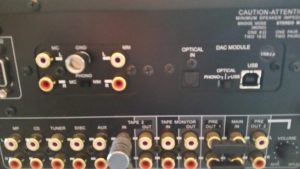 It’s fairly common to find a phono preamp built into a stereo preamp, integrated receiver, or integrated amplifier. These are easy to identify as an input labeled “Phono”. These built in phono preamps are generally made for moving magnet cartridges, but can sometimes also accommodate a moving coil cartridge as well. If the hardware has a switch or button marked with “MM/MC”, it can operate either type of cartridge. The difference is in the gain staging. A moving coil cartridge usually has a lower output, and needs more gain to function. There are high output moving coil cartridges, though. These will be preamped with the same gain load as a moving magnet cartridge.
It’s fairly common to find a phono preamp built into a stereo preamp, integrated receiver, or integrated amplifier. These are easy to identify as an input labeled “Phono”. These built in phono preamps are generally made for moving magnet cartridges, but can sometimes also accommodate a moving coil cartridge as well. If the hardware has a switch or button marked with “MM/MC”, it can operate either type of cartridge. The difference is in the gain staging. A moving coil cartridge usually has a lower output, and needs more gain to function. There are high output moving coil cartridges, though. These will be preamped with the same gain load as a moving magnet cartridge.
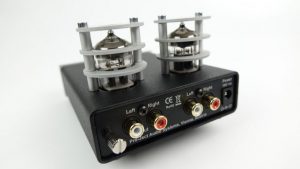 The best quality phono preamps are typically external chassis stand alone units. These vary depending on desired feature set, but in general will out perform integrated phono preamps. External preamps usually work with moving magnet, high output moving coil, and low output moving coil cartridges. This allows the consumer to decide the level of quality of their playback in relation to what cartridge is being used. An entry level moving magnet cartridge has a high output, ans isn’t particularly choosey about which phono preamp it needs. Alternatively, a low output moving coil may need a more sophisticated preamp because of it requiring additional gain staging.
The best quality phono preamps are typically external chassis stand alone units. These vary depending on desired feature set, but in general will out perform integrated phono preamps. External preamps usually work with moving magnet, high output moving coil, and low output moving coil cartridges. This allows the consumer to decide the level of quality of their playback in relation to what cartridge is being used. An entry level moving magnet cartridge has a high output, ans isn’t particularly choosey about which phono preamp it needs. Alternatively, a low output moving coil may need a more sophisticated preamp because of it requiring additional gain staging.
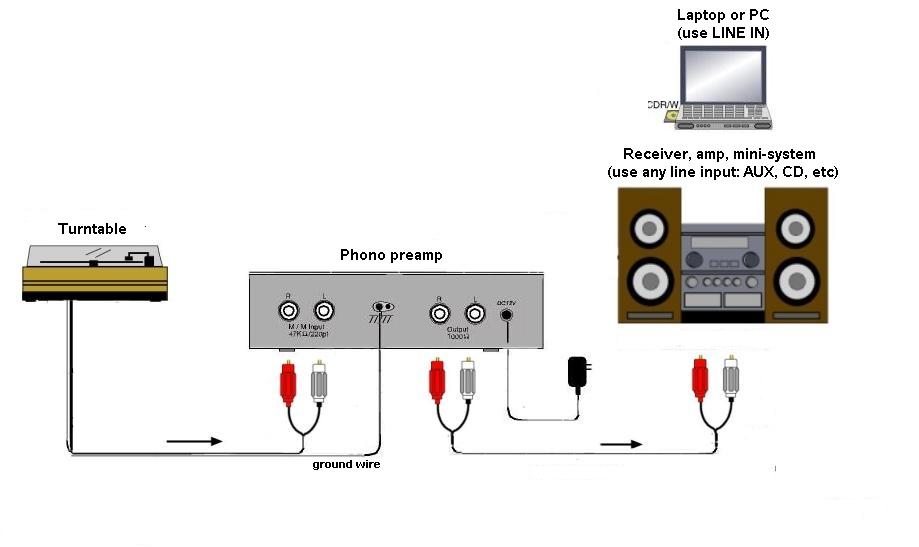
Above is an example of how a stand alone external phono preamp will be connected in a traditional stereo system. Once connected to the external preamp, the signal no longer needs the ground wire grounded to the stereo. This is because the phono preamp sums the ground into the power supply.
If you are curious what preamp is necessary for you, hopefully this blog has answered some of those questions. Of course, we would be happy to go into more detail for your specific situation here at our retail showroom located in Metairie, LA. Our representatives have working experience with all the iterations of phono preamps listed above, and can walk you through the various options available.


